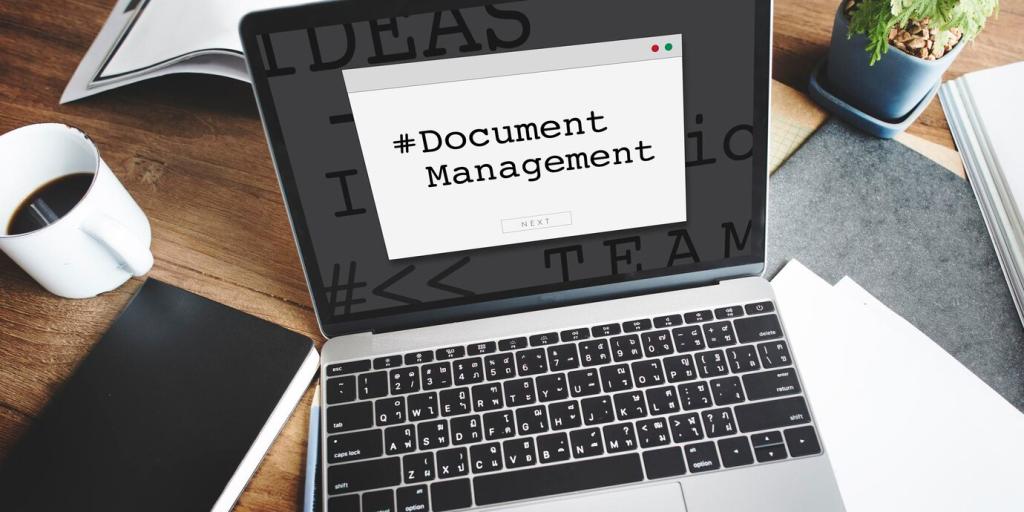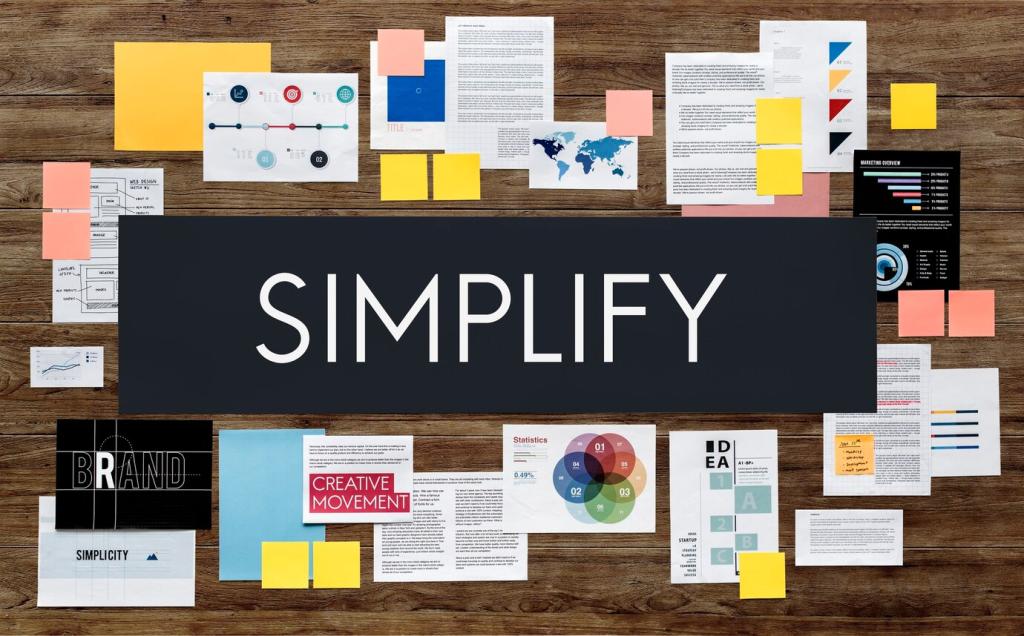Exploring Low-Risk Investment Portfolios for Beginners
Chosen theme: Exploring Low-Risk Investment Portfolios for Beginners. Welcome to a calm, confidence-building path into investing, where we focus on protecting principal, setting realistic expectations, and taking steady steps that help beginners grow without losing sleep.
Why Low-Risk Portfolios Matter for Beginners
The Confidence Curve
Maya opened her first account with Treasury bills and a certificate of deposit, watching small, predictable returns arrive each month. That steadiness created trust, which led to consistent contributions. Confidence, not excitement, became her engine—exactly what beginners need when exploring low-risk investment portfolios for the first time.
Capital Preservation First
Recovering from losses takes more than you think: a 20% drop needs a 25% gain just to break even. Low-risk portfolios prioritize preserving principal, so your first years are about learning, building habits, and avoiding deep drawdowns that can derail your investing journey before it really begins.
Setting Realistic Return Expectations
Low-risk does not mean zero growth. Expect modest yields from high-yield savings, CDs, and short-duration bonds, often in the low single digits. The goal is steady progress with manageable risk, while you develop discipline, diversify wisely, and prepare to add slightly riskier assets when your plan and nerves are ready.

Core Building Blocks: Cash, Bonds, and Diversified Funds
High-yield savings accounts and certificates of deposit offer predictable returns and FDIC insurance within limits, making them dependable anchors. They serve short-term goals, emergency reserves, and the portion of your low-risk investment portfolio that must not fluctuate much while you build long-term confidence.


Core Building Blocks: Cash, Bonds, and Diversified Funds
U.S. Treasuries and high-quality corporate bonds provide stability and income, with Treasury bills offering minimal interest rate risk due to short duration. For beginners, a broad, low-cost bond fund or laddered maturities can simplify decisions, reduce surprises, and keep the risk profile aligned with calm, patient growth.
Designing Your First Low-Risk Mix
The 80/20 Starter Portfolio
Begin with 80% in cash equivalents and high-quality bonds, and 20% in broadly diversified, lower-volatility equities. This provides ballast when markets wobble, while still offering a foothold in long-term growth. If stress rises, adjust toward more bonds; your comfort is part of the risk management plan.
Automated Contributions and Dollar-Cost Averaging
Set a fixed contribution each payday and invest it automatically. Dollar-cost averaging helps you buy more when prices dip and less when they rise, smoothing the journey. For beginners focusing on low-risk portfolios, automation reduces decision fatigue and keeps progress steady even when moods fluctuate.
Protecting an Emergency Fund
Keep three to six months of expenses in a high-yield savings account, separate from your investment portfolio. This buffer prevents forced selling when life happens, preserving your carefully chosen low-risk positions. With emergencies covered, you can invest consistently and stay calm during routine market bumps.
Risk Controls and Smart Behaviors
Pick a cadence—quarterly or semiannually—to rebalance back to your target allocation. This simple ritual sells a bit of what grew and adds to what lagged, locking in discipline over emotion. For beginners, scheduled rebalancing is a stress-reducer and a practical anchor for low-risk investing.
Risk Controls and Smart Behaviors
If a yield looks too good, ask why. Extremely high yields can signal credit risks or long durations that amplify losses when rates rise. In a low-risk portfolio for beginners, prefer transparency, quality, and duration control over flashy promises that rarely end the way advertisements suggest.





Getting Started Today: A Gentle Action Plan
Open a brokerage account, fund your emergency reserve, choose one low-cost bond fund, and schedule automatic contributions. Then write down your target allocation and rebalance cadence. Share your checklist progress below to encourage other beginners exploring low-risk investment portfolios alongside you.
Getting Started Today: A Gentle Action Plan
Write a brief plan covering goals, allocation, contribution amount, rebalancing rules, and what you will do during market stress. Keep it visible. This single page becomes your calm compass, aligning every beginner-friendly, low-risk decision with the reasons you started investing in the first place.
